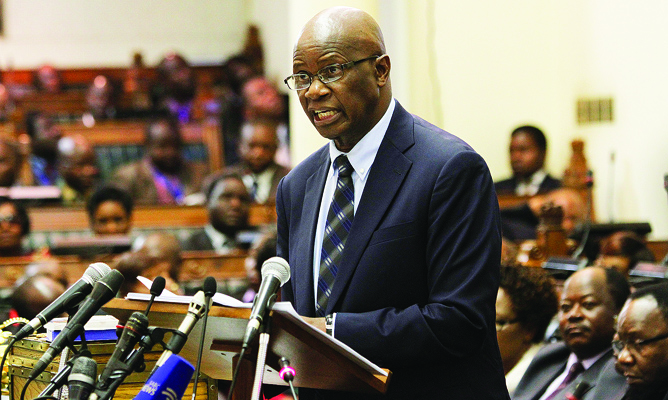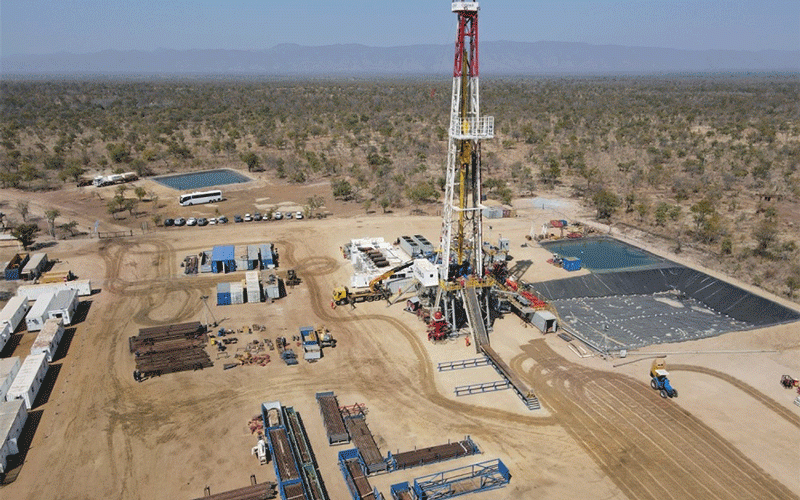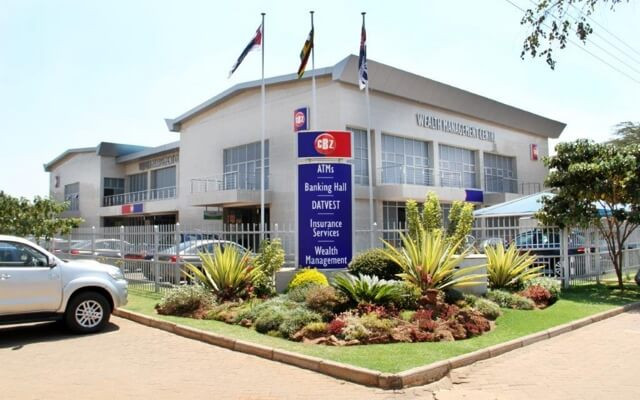
Zimbabwe’s plans to clear $1,8 billion arrears to three preferred creditors was approved on Thursday on the sidelines of the International Monetary Fund (IMF)/World Bank annual meetings in Lima, Peru.
BY NDAMU SANDU Zimbabwe had gone to the meeting to get a buy-in so that it would unlock fresh capital to help reboot the economy.
The arrears clearance plan entails clearing Zimbabwe’s external payment arrears with the International Financial Institutions through a combination of using the country’s own resources, arrangement of bridge finance with regional and international banks and the usage of bilateral loan facilities, Finance minister Patrick Chinamasa said in a statement.
It involves clearing arrears to three institutions—IMF ($110 million), the World Bank ($1,15 billion) and AfDB ($601 million) by the end of April 2016.
“Zimbabwe will also develop a new comprehensive country financing programme supported by the AfDB, IMF and the World Bank that attracts long term financing to promote growth and debt sustainability,” Chinamasa said.
“It will also engage the European Investment Bank, the Paris Club and non-Paris Club bilateral creditors for debt resolution, on the strength of Zimbabwe’s performance under the above programmes.”
Zimbabwe requires long term financing to help reboot the economy but hamstrung by the external and internal debts of $8,4 billion as at June 30. Currently, the country relies on short term capital which is unsustainable for long-term infrastructure and development projects. The capital comes at a high cost.











